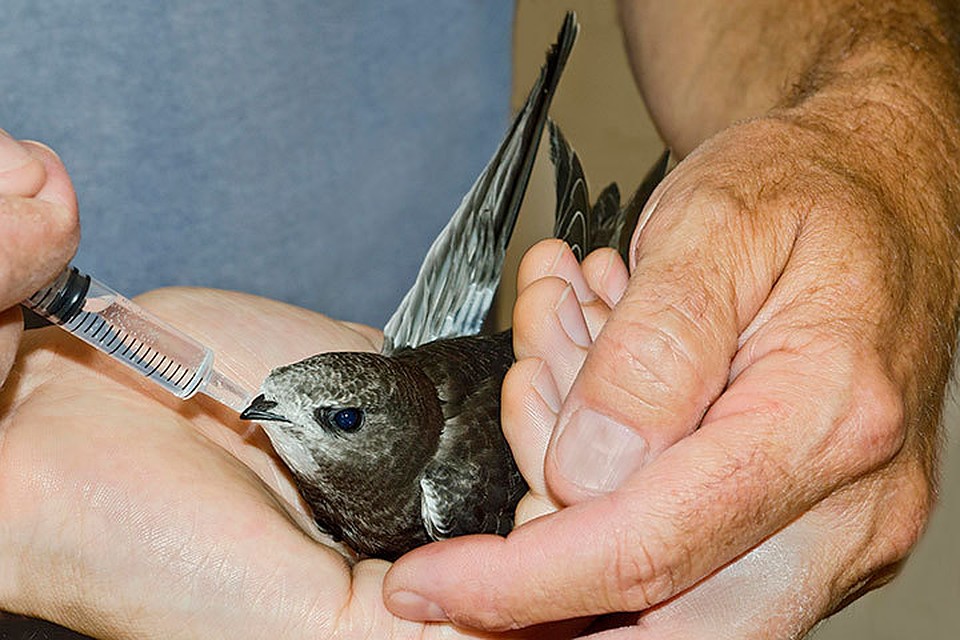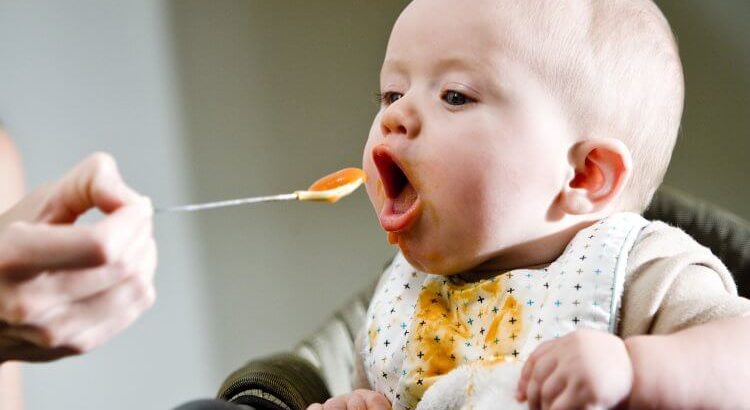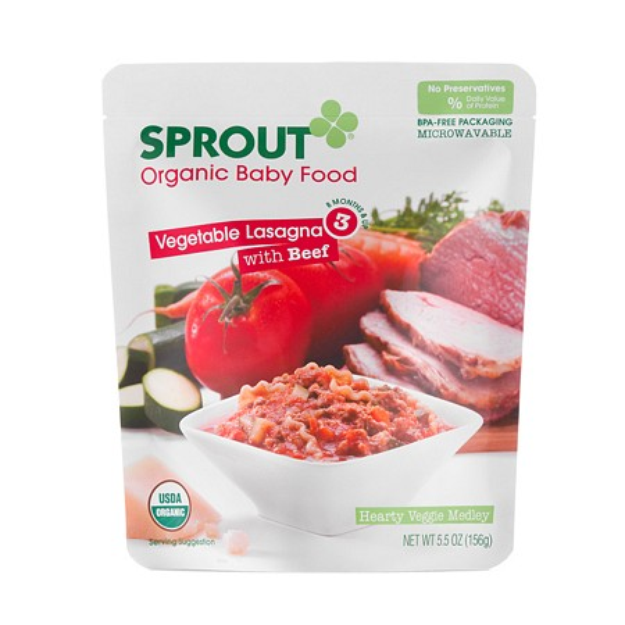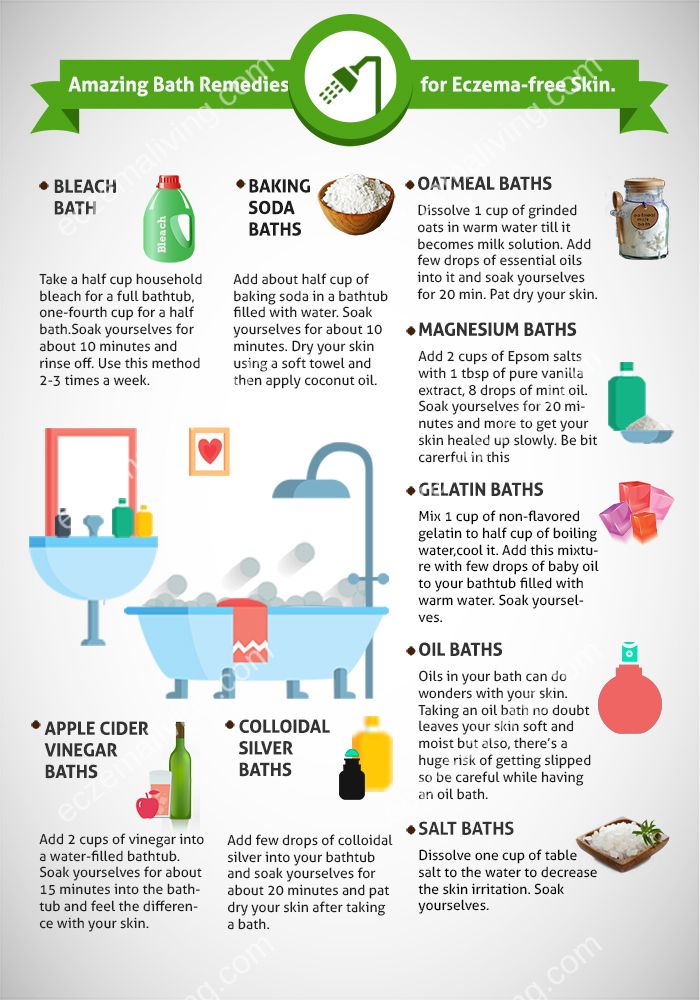When to stop burping baby after feeding
How and When to Burp a Newborn
NewbornPediatricsLactation Consultation
Reviewed By Melinda L. Winterscheid, M.D.
While it might not be the most glamorous of tasks, burping your baby is important for his or her comfort. When babies are feeding, they take in air, which can build up and make them uncomfortable, causing you to find yourself with a fussy, squirmy child.
When to Burp Your Baby
How much a baby needs to burp will vary from baby to baby. If you're burping a newborn after breastfeeding, the baby will typically burp less because they swallow less air. Most babies will outgrow the need to be burped by 4-6 months of age.
You can often tell that a baby needs to be burped if he or she is squirmy or pulling away while being fed. This being said, the American Academy of Pediatrics recommends that parents try to burp their baby:
- When a nursing mother switches breasts or
- Every 2-3 oz.
if being bottle-fed (60 – 90 mL)
Pausing to burp frequently slows feeding and reduces air intake. However, if your baby has not successfully burped after a few minutes of trying, switch methods or give up and continue with the feeding. It is possible that your baby doesn’t actually have to burp. The best method for burping will generally differ for babies and parents – use the method that works best for you.
Burping Methods
There are three popular methods for burping newborns and babies. All will require a burping cloth to protect from spit up or wet burps and a gentle patting motion across a baby’s back to coax out the burp. The main difference is how the baby is held. Take care to support the baby’s head and neck safely and move the baby slowly and gently.
- Leaning
- Place a burping cloth or towel on your shoulder and/or back.
- Rest your baby’s chin or belly on your shoulder. (If opting for the belly, make sure that your baby can breathe easily.
 Parents may benefit from trying this option after their baby has better head/neck control.)
Parents may benefit from trying this option after their baby has better head/neck control.) - Support and hold your baby in place with one hand, while using the other to gently pat your baby on the back.
- Sitting
- Place a burping cloth or towel across your lap and put a bib on your baby.
- Using your palm to support your baby’s chest and your fingers to support his or her jaw (not throat), place your baby sitting on your lap, facing away from you.
- With your free hand, gently pat your baby on the back.
- Laying
- Place a burping cloth or towel across your lap.
- Lay your baby across your knees, perpendicular to your body.
- Use one hand to support your baby’s head so that it is higher than the chest. This will prevent blood from rushing to the head.
- With your free hand, gently pat your baby on the back.
More information about feeding and burping your newborn:
When to be Concerned About Spit Up
Feeding Your Newborn
Is My Baby Eating Enough?
Newborn Pediatrics;Lactation Consultation
It looks like your browser does not have JavaScript enabled. Please turn on JavaScript and try again.
It looks like your browser does not have JavaScript enabled. Please turn on JavaScript and try again.
Please turn on JavaScript and try again.
At What Age Do You Stop Burping a Baby? A Nurse Explains
Parenting
4 to 6 months is a good rule of thumb, but these are the specific signs to look for.
by Christian Dashiell
Updated:
Originally Published:
Roberto Westbrook/Getty
A baby’s early days are typically spent cycling through three activities: eating, pooping, and sleeping. And when something disturbs their flow through these three, they cry. During feeding, gas is particularly upsetting to babies, which is why they typically require burping for relief from pain and discomfort. But at some point, babies age out of burping. So when can you stop burping a baby?
When Can I Stop Burping My Baby?
Newborns have underdeveloped esophageal sphincters — bands of muscles at the top and bottom of the esophagus that regulate the passage of food, saliva, and gas in and out of the stomach. “In young babies, this muscle doesn’t always spontaneously relax when gas needs to pass,” says Carole Kramer Arsenault, R.N., founder of newborn care service Boston Baby Nurse & Nanny and author of Newborn 101. “As a result, air is swallowed during feeding. And if this isn’t released as a burp, it makes its way to the baby’s intestines, which usually causes pain.”
“In young babies, this muscle doesn’t always spontaneously relax when gas needs to pass,” says Carole Kramer Arsenault, R.N., founder of newborn care service Boston Baby Nurse & Nanny and author of Newborn 101. “As a result, air is swallowed during feeding. And if this isn’t released as a burp, it makes its way to the baby’s intestines, which usually causes pain.”
So when your baby gets squirmy and fussy at the end of a feeding, it’s not a complaint about the meal itself. They’re just uncomfortable because of all the air in their belly. That’s why the American Academy of Pediatrics (AAP) recommends regularly burping your baby during feeding breaks and when they’re done eating. The AAP suggests trying to burp babies when switching breasts, if breastfeeding, or every two to three ounces, if bottle-feeding. Soon enough, burping will become a rhythmic part of each feeding, and you’ll be able to read even the slightest signals that your baby is uncomfortable.
Eventually, parents will notice signs that their baby isn’t experiencing discomfort during and after feedings, which indicates that their baby’s esophagus and coordination have matured to the point that burping is unnecessary because they aren’t swallowing air anymore. “Every baby is different, but the esophagus is usually fully developed by 4 to 6 months of age,” Arsenault says.
“Every baby is different, but the esophagus is usually fully developed by 4 to 6 months of age,” Arsenault says.
Granted, parents can’t get visual confirmation of esophageal maturity, so monitoring external signs that your baby doesn’t need help burping anymore will have to suffice. When a baby can feed without fussing or is ready to play immediately after they eat, you can stop burping them. And even if your baby is still swallowing some air, hitting developmental milestones like the ability to sit up and roll over may allow them to resolve gas issues without assistance.
Until your baby has grown out of the need for burping, there are some things parents can do to make feedings go more smoothly. Using a newborn-sized nipple top when bottle-feeding can slow the milk flow and prevent them from gulping so much air. And breastfed babies may get especially fussy when their moms eat certain foods. Dairy products and cruciferous vegetables like broccoli are the usual suspects. Eating less foods that are prone to causing gas in adults can, in turn, significantly reduce gas in breastfed babies.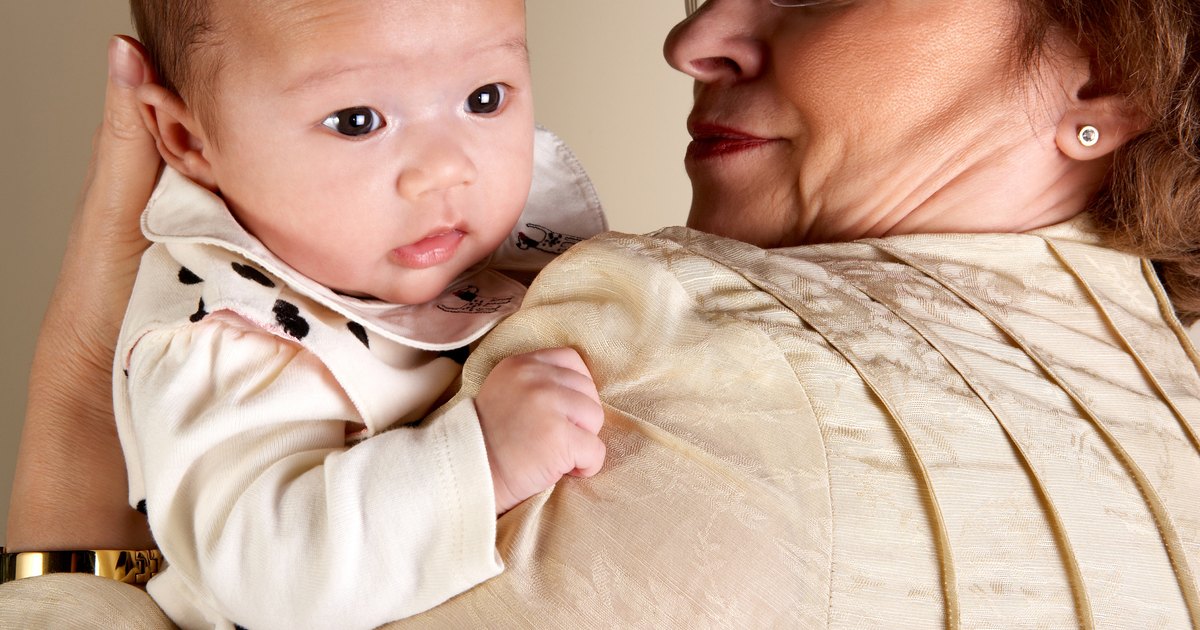
Tips For Burping a Baby
Burping isn’t always easy, and it isn’t always necessary either. It’s entirely possible that your baby has a smooth feeding or consistently creates a tight suction that prevents them from swallowing air. Continued attempts to burp your baby when they simply don’t need relief can become stressful for everyone involved.
“You never want to force a burp. If your baby doesn’t burp within 10 minutes, they likely don’t need one,” Arsenault says.
It’s stressful to burp a fussy baby, but Arsenault encourages parents to stay calm when it’s clear their baby does need to burp but is having difficulty finding relief. Getting worked up when you can’t alleviate your baby’s discomfort is an understandable reaction, but it sets off a cycle of agitation. “Stressing out transfers bad energy to the baby and makes for an unpleasant experience,” she says.
And although nearly every baby on TV is burped with pats on the back while their head is over the shoulder of whoever is holding them, other techniques may work better. Burping over the shoulder can be especially difficult for newborns since they require so much support to stay upright. Instead, lightly pat or rub the baby’s back while they’re lying belly-down across your lap. Or place them on their back and gently pump their legs in a bicycle motion — this will release the gas via the basement instead of the attic.
Burping over the shoulder can be especially difficult for newborns since they require so much support to stay upright. Instead, lightly pat or rub the baby’s back while they’re lying belly-down across your lap. Or place them on their back and gently pump their legs in a bicycle motion — this will release the gas via the basement instead of the attic.
Burping doesn’t have to feel like a chore. Consider it part of the feeding process, with all of the bonding and attachment opportunities that come with meeting a baby’s needs. As you pay attention to what works and what doesn’t for your child, you’ll continue to become attuned to their most subtle signals, like the little grins of relief they flash when you alleviate their gas pains. And the less subtle looks of surprise when those monster belches escape.
So soak up those warm fuzzies because there will soon come a time when your kid’s burps will become far more intentional and much less endearing.
This article was originally published on
How to help the baby when regulating
Support icon ofKeywords for searching
Home ›!! How to help a child in sprinkling
Home Home ›!! How to help a child in regurgitation
↑ Verki
Breastal feeding - completely special time for mom and her newborn baby. Together with the feeling of closeness and affection that feeding brings, understanding its nuances cannot but raise many questions, including the question of how to help an infant spit up. Regurgitation in a newborn is by no means always the result of a simple pat on his back.
In this article, we'll talk about the basics of helping a newborn spit up, as well as other questions you may have about spitting up.
Why do babies spit up?
Let's get it straight: why do newborns need to burp in the first place? During feeding, children usually swallow extra air - this is called aerophagia. Spitting up helps prevent this air from entering the intestines, as well as vomiting, gas, and crankiness in the baby. To avoid the return of milk after feeding, you should give the baby the opportunity to burp more often.
Spitting up helps prevent this air from entering the intestines, as well as vomiting, gas, and crankiness in the baby. To avoid the return of milk after feeding, you should give the baby the opportunity to burp more often.
How to help a newborn spit up?
During the first six months, the baby should be kept upright in a column for 10-15 minutes after each feed. This will help keep the milk in his stomach, but if the baby occasionally burps anyway, parents need not worry. While carrying your baby in an upright position, you can put a baby diaper or wipes on your shoulder to keep your clothes clean.
We've already seen why spitting up is important, now let's find out how to help your baby spit up. Parents should gently pat the baby on the back with a hand folded in a handful until he burps. Folding your hand into a handful is important because clapping with a flat palm may be too strong for an infant.
Every baby is different and there is no one right position for spitting up. To get started, you can try the following options:
To get started, you can try the following options:
- Sitting position with the baby on the chest. In this position, the parent puts the baby's head with his chin on his shoulder and with one hand supports the baby under the back. With the other hand, you can gently pat the baby on the back. This method is most effective in a rocking chair or when the baby is gently rocking.
- Holding the child upright on your legs. With one hand, parents can hold the baby by the back and head, supporting his chin and placing his palm on the baby’s chest, with the other hand, you can gently pat him on the back. At the same time, it is important to be careful: do not press the child on the throat, but only gently support his chin.
- Holding a baby on your lap while lying on your tummy. Make sure his head is above his chest and gently pat your baby on the back until he burps.
Here are some tips on how best to help your newborn spit up:
- Let your baby spit up during feeding.
 If the baby is restless or has swallowed air, it is worth giving him the opportunity to burp during feeding, and not just after.
If the baby is restless or has swallowed air, it is worth giving him the opportunity to burp during feeding, and not just after. - When bottle feeding, let the newborn burp after every 50-60 ml.
- When breastfeeding, let the baby burp at every breast change.
It is important to let your baby spit up after eating, even if he spit up during feeding!
If your baby is gassy, spit up more often. Also, if he vomits frequently or suffers from gastroesophageal reflux disease (GERD), have him spit up after every 30 ml bottle-feeding or every five minutes while breastfeeding.
How long should a baby be held for it to burp? It's different for everyone, but generally keeping a newborn upright for 15 to 20 minutes after a feed helps the milk stay in the baby's stomach.
Minimize the amount of air you swallow. Gas production and regurgitation result from aerophagia during feeding. The baby will inevitably swallow air, but there are ways to prevent it from swallowing too much.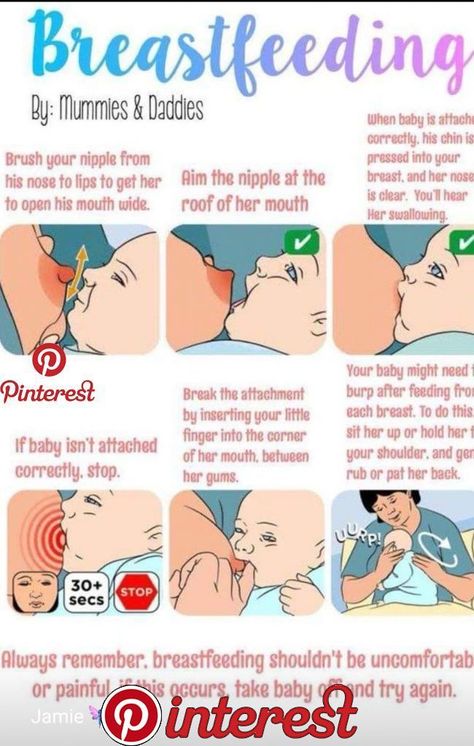 Whether you bottle feed your baby or combine breastfeeding with bottle feeding, the Philips Avent anti-colic bottle with AirFree valve is designed so that the nipple is always filled with milk without excess air, even in a horizontal position, thus preventing the baby from swallowing excess air during feeding.
Whether you bottle feed your baby or combine breastfeeding with bottle feeding, the Philips Avent anti-colic bottle with AirFree valve is designed so that the nipple is always filled with milk without excess air, even in a horizontal position, thus preventing the baby from swallowing excess air during feeding.
Reducing the amount of air your baby swallows can help reduce your baby's risk of colic, gas, and spitting up.
Breastfeeding is a wonderful time to strengthen the bond between parent and baby. Every mom and every baby is different, so learning to help your newborn burp properly can take time and practice.
Articles and tips from Philips Avent
Baby+ app
Download the app and track your child's development and growth with trackers, and keep those special moments forever.
Download app:
You are leaving the Philips Healthcare (“Philips”) official website. Any links to third party websites that may be included on this site are provided solely as a convenience to you. Philips makes no warranties regarding any third party websites or the information they contain.
Philips makes no warranties regarding any third party websites or the information they contain.
I understand
You are about to visit a Philips global content page
Continue
You are about to visit the Philips USA website.
I understand
Tips on how to calm a crying baby
Crying is a way for a baby to communicate, but despite its naturalness, it is not out of place to try to calm a crying baby. It is logical that parents will have a question: “How to calm the child?” This may seem like a daunting task at times, but understanding the reasons will help you learn how to soothe a crying baby. Remember: you are doing great. We just want to give you some useful tips to help ease your worries.
If you have any questions or concerns about your baby's crying, seek medical advice. Sometimes crying can be a sign of an existing medical condition, so it's best to pay attention to any additional symptoms right away.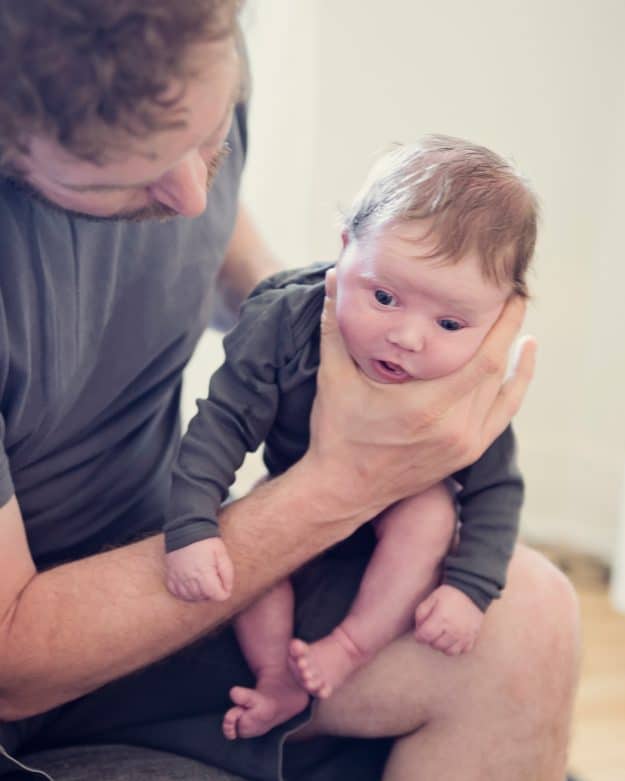
Why does your baby cry
Baby crying is not only natural but also expected, especially during the first three months of life. Babies usually cry for an hour every day for the first few weeks. At about six weeks old, your baby may cry for up to two hours a day, and from eight weeks on, again for about one hour a day. However, remember that all babies are different and cry differently! 1
Crying is a way of saying something is wrong. When it comes to learning how to soothe a crying baby, it's important to understand what exactly is causing her anxiety. Your baby may cry if: 1
- he is hungry;
- the baby is troubled by belching or bloating;
- need a diaper change;
- he wants to sleep;
- wants to be picked up or rocked;
- baby is hot or cold;
- baby has colic;
- feels uncomfortable: wants to roll over, pressure on diaper or clothes, or tight swaddling interferes with baby;
- the baby is teething.

If your baby cries for more than three hours a day and more than three days a week, he may be suffering from colic. However, this is not a reason to panic, and there are several ways to soothe a child with colic. Find out here about colic, its symptoms, and how to soothe a baby with colic.
If you think reflux (regurgitation) may be the cause of your crying, you can learn more about the different types of reflux and how to manage it here.
Be sure to contact your child's doctor if your baby seems ill or has the following symptoms in addition to excessive crying: 1
- fever;
- shortness of breath or cough;
- vomiting;
- diarrhea;
- rash;
- crying worse when the child is picked up or moved;
- increased irritability or lethargy.
How to soothe a crying baby
Once you have ruled out some potential causes of crying, you will have a better idea of how to soothe your baby. The most important thing to remember is not to get upset and stay as calm as possible.
The most important thing to remember is not to get upset and stay as calm as possible.
Here are some tips and tricks on how to calm your baby: 2
1. Swaddle your baby.
One of the most useful techniques to soothe a crying baby is swaddling. When doing this, make sure that you do not cover the child's head and do not overheat him. Don't swaddle your baby too tight: swaddling too tightly can interfere with your baby's natural body position, breathing, and blood circulation: your baby may not like it, causing him to cry. Don't swaddle your baby when he starts to roll over, which usually happens around four months of age.
2. Take the child in your arms and comfort.
When your baby is crying, it's natural for you to want to pick him up. And when your newborn cries for no reason, he probably wants to be picked up. If you're trying to calm your baby at night, try keeping him upright or in a rocking chair until he falls asleep.

